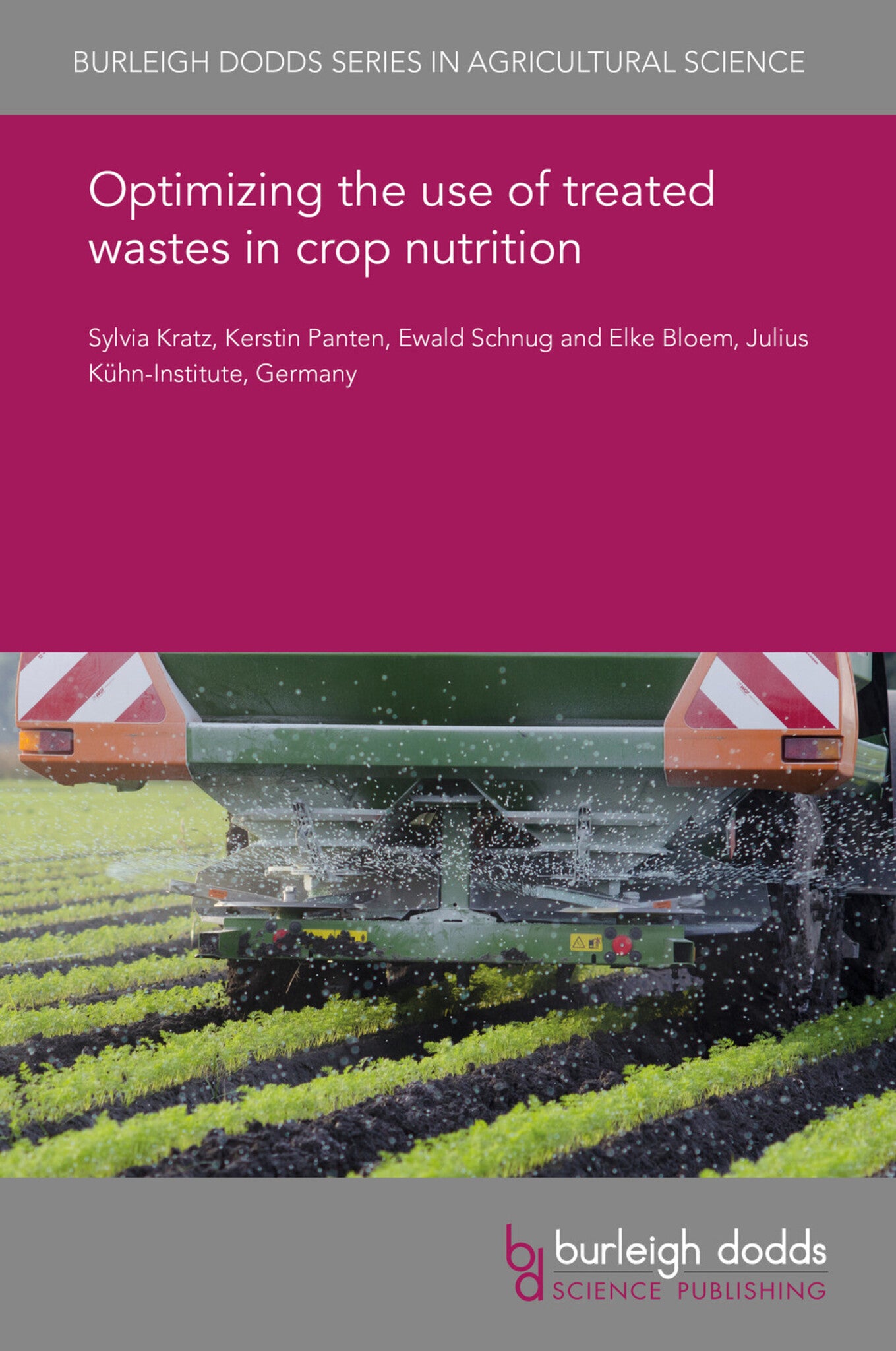We're sorry. An error has occurred
Please cancel or retry.
Optimizing the use of treated wastes in crop nutrition
Regular price
£25.00
Sale price
£25.00
Regular price
£0.00
Unit price
/
per
Sale
Sold out
Re-stocking soon
Environmental concerns and depleting phosphorus reserves have led to intensified research efforts to close nutrient cycles by recycling of nutrient-rich human wastes in the last decade. Treated was...
Read More

Some error occured while loading the Quick View. Please close the Quick View and try reloading the page.
Couldn't load pickup availability
- Format:
-
17 February 2020

Environmental concerns and depleting phosphorus reserves have led to intensified research efforts to close nutrient cycles by recycling of nutrient-rich human wastes in the last decade. Treated wastes for crop nutrition need to contain plant-available nutrients and be free of, or at least low in, potential contaminants. This chapter presents the key issues in the optimum use of treated wastes in crop nutrition. The chapter discusses technical processes such as precipitation of salts, incineration and post-treatment of ashes, as well as production of carbonaceous materials. The chapter characterizes the resulting materials regarding their plant availability and possible inorganic and organic contamination. Finally, the chapter looks ahead to future research objectives for the optimized use of treated wastes.

Price: £25.00
Publisher: Burleigh Dodds Science Publishing
Imprint: Burleigh Dodds Science Publishing
Series: Burleigh Dodds Series in Agricultural Science
Publication Date:
17 February 2020
ISBN: 9781786766694
Format: eBook
BISACs:
TECHNOLOGY & ENGINEERING / Agriculture / Sustainable Agriculture, Agronomy and crop production, TECHNOLOGY & ENGINEERING / Agriculture / Agronomy / Crop Science, Sustainable agriculture

1 Introduction 2 Key issues for the optimum use of treated wastes in crop nutrition 3 Direct land application of sewage sludge 4 Products derived from the treatment of waste water and further (posttreatment) processing 5 Future trends and conclusion 6 Where to look for further information 7 References



